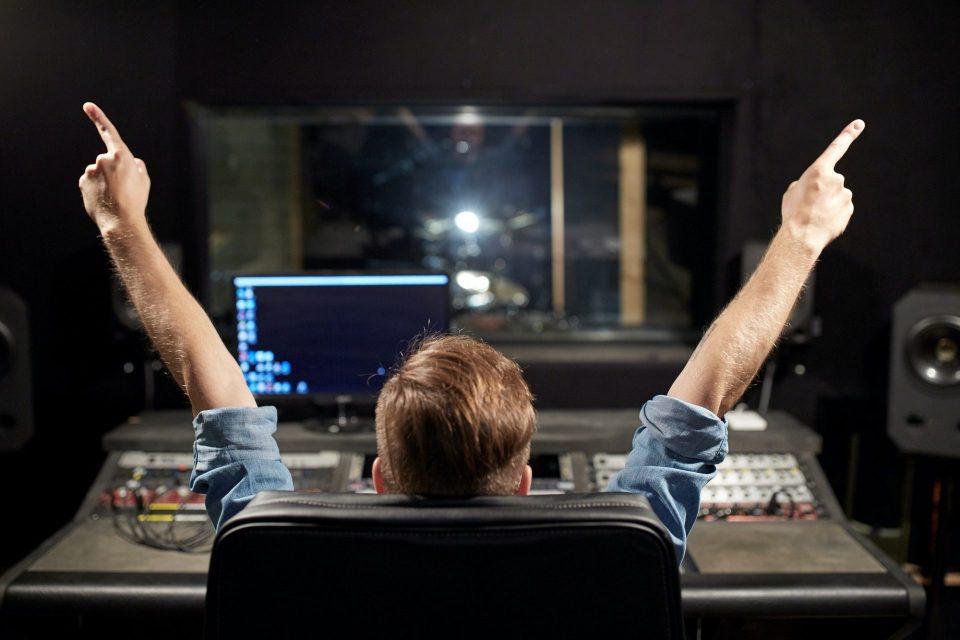Having the right recording gear for a recording studio isn’t enough to get the right mix for your next single. If you want to make sure that every track fits nicely in the song in balance, volume, and frequency domain, the very first thing you need to consider when setting up a recording studio is how to plan your space properly. With the right allocation of space, everyone will be able to work more efficiently and comfortably in your recording studio.
The first thing you have to consider setting up a recording studio is how big the area you need for everyone to feel comfortable. This means that you will need to have plenty of room to comfortably fill around five to ten people. If you want more people to come in, space out how much room each one needed in order to feel relaxed and cozy within your space. Although the size of the room will not change the way that anything sounds, a bigger space is always welcome.
The second part is how to allocate the space for the engineering and the recording artists. While this is not as important as it used to be, it helps with monitoring and mixing the sounds while others are playing. Typically, you will see one room that is divided into two. One room is for the musicians, and the other is for the recording and mixing panel while those who are working are playing. This creates a better soundproof area for your recording.
With the engineering area, it is expected that everything is closely located where the technicians can quickly operate and change the settings as it is going. Having everything within your arms reach, such as the mixing panel and the software, will help you to be more consistent and effective while recording other instrumentation.
The area for musicians has to be built in a specific way as well. It is best to have very thin carpeting, as this causes the sound not to be heavily absorbed. Lower ceilings will also help to keep the sound compacted. If you have wood flooring or no carpet, you will want to consider buffering the ceiling or placing an area rug around the space in which the musicians work. This will help to keep the sound from bouncing. The walls in the recording room should be foam to keep the sound deadened as well. Actually, you only need to foam certain sides, depending on the shape of the room, the size, and how it is built. If the room becomes too dampened, it will be harder to get a good recording track.
Another part that should be kept in mind with the area for vocalists. If you plan to record vocals, it’d be better to have a dedicated area for setting up the microphone. For home recorders with a minimum budget, things such as closets will work well for keeping the vocal with minimum noise.
Of course, no recording studios are the same. They differ according to the way that you work, the musical instrumentation you play, who you plan on recording and what your needs are at the time. Before you start building your recording studio, it is best to have to plan on how the pieces of equipment organized so that everything can be work together nicely once it is set up.
No matter how deep your pocket, how catchy the song’s chorus, and how professional your musicians are, having a carefully structured recording studio will allow you to produce a professional mix. The more you plan out for your studio, the suitable allocation of space between musician and technicians, and with having the right recording and mixing gear, the easier it will be to produce your next big hit.




